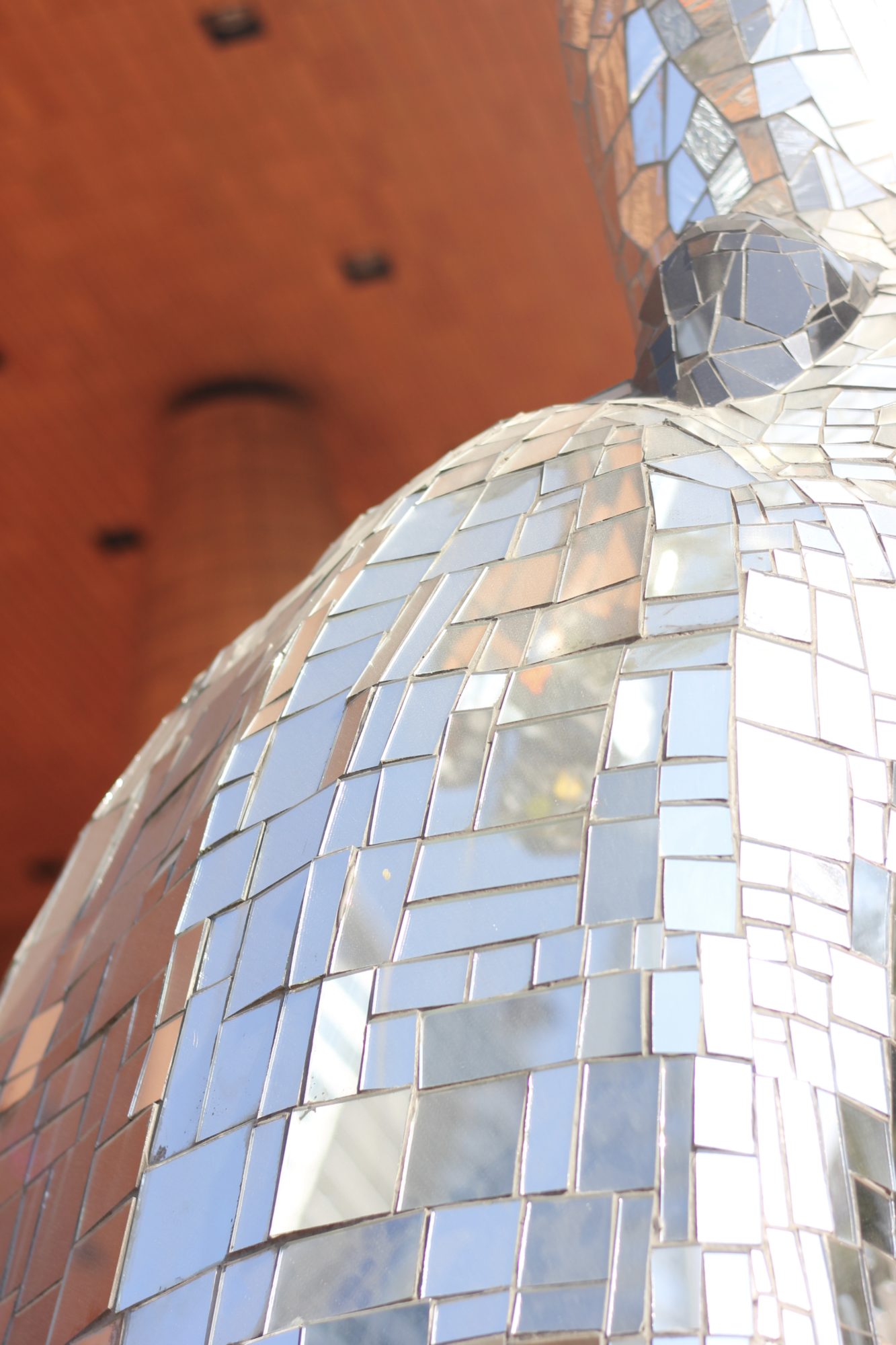
06 Apr On finding a beginning in the brokenness.
Maybe being broken is not the end of things, but the beginning
When my son is at school I go into his bedroom to quietly throw some things away.
Like my husband, my seven year old son is a hoarder. It doesnt occur to him to throw out the things that are broken or no longer fit for purpose. Why put them in the bin when you can keep them scattered across the floor?
At least once a week I sneak in and gather a collection to be disposed of. These are not highly valued toys, but what I would refer to as ‘junk’. Free stuff from the front of a magazine, toys from party bags. Cheaply made plastic items with (probably) a horrific environmental footprint.
I find the broken things, and I throw them away.
(Unfortunately this photo was not staged.)

I have been broken. Broken in a way that made me wonder if I had any purpose any longer. Broken so I couldn’t get through the day without falling apart and wondering if I was safe to look after my children. Broken to the extent that I hid.
My depression and anxiety controlled me. I didn’t want to leave the house or see anyone.
I was ashamed.
I worried this was the end of the line, that I was good for nothing. I believed I would never again be of use or have a life worth living.
I saw myself as having little value, if any.

Recently the same son (of the aforementioned messy bedroom) came home from school with a Roman project to be completed over the holidays.
As every parent knows, this means homework for him, but more truthfully, homework for me.
It was a project with a broad scope and we could choose our area of study. We (I) chose Roman mosaics.
Ed is not a big writer and I figured we could make a very simple mosaic out of air-drying clay and therefore he would have played some part in the project.
It was fairly successful and he was at least involved in it’s creation.
To accompany our masterpiece we (I) found some facts about mosaic and Ed copied them out. Here is what we learnt:
Roman mosaics were used to decorate walls and floors in homes and public buildings. They were made out of hundreds, sometimes thousands of tiny coloured stones and gems called tesserae. The more intricate the detail and pattern of the mosaic (ie. the number of broken pieces it was made from) the more expensive it was – the wealthier the owners were. Mosaic floors reflected status and importance. The mosaics told stories through their depiction of everyday life, and to this day are used to glean insight into the lives of the Roman people.
–
What if my brokenness is a necessary shattering?
And the fragments of my life are not junk to be discarded but gems being used to create a beautiful mosaic.
Maybe through the pain and fragmenting of who I thought I was and what I thought I knew, something new is being sculpted, something of even greater value and purpose.
From my brokenness: art.

And what if the mosaic being formed is beginning to tell a new story, the story of my life, of possibility and hope?
Maybe this mosaic will do what all good stories do, point to the truth.
–
Your brokenness is not the end of the story. And is not a consequence of worthlessness and weakness.
The breaking is painful, I know that to be true, but maybe this pain is not the final chapter – the extinguishing of hope and the death of dreams – but the start of something new.
Maybe being broken is not the end of things, but the beginning.
*Quote taken from Unwritten, but Charles Martin
No Comments